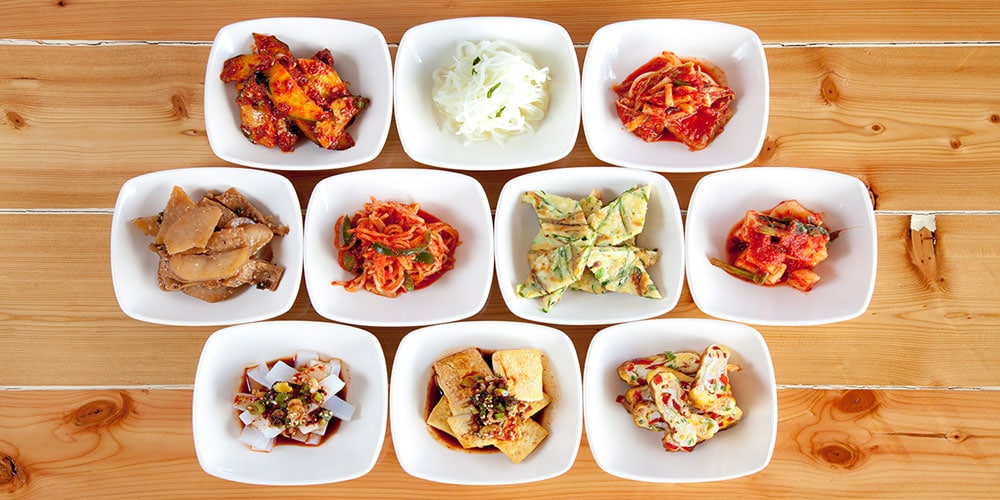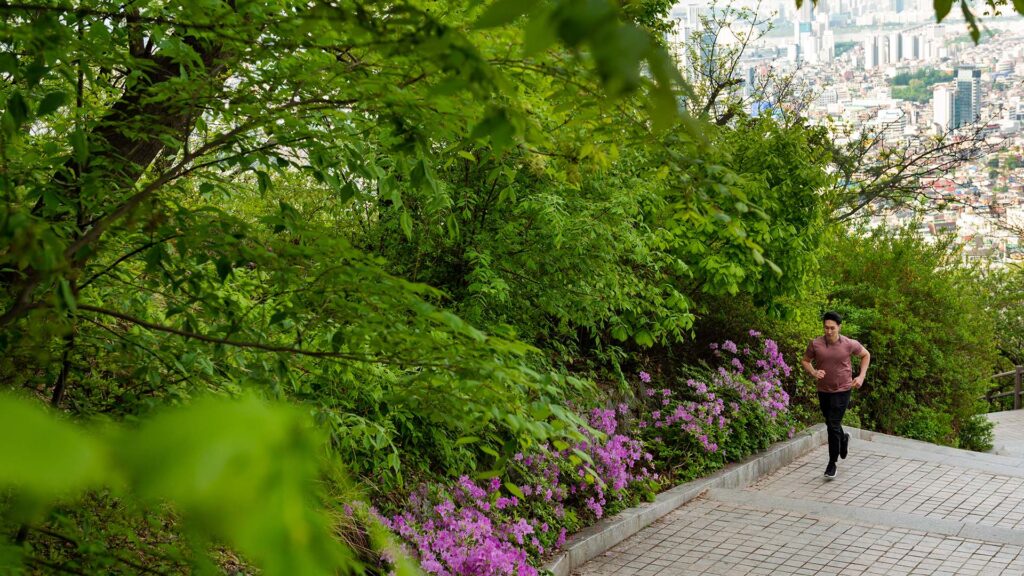Quick Guide
Plan your visit during the spring and fall, when weather is at its best. Summers can be hot and humid (and typhoons are possible between late June and September), and winters frigid and long.
Visas
U.S. citizens visiting for less than 90 days do not require a tourist visa. Passports must be good for six months past your date of arrival.
Money
Local currency is the Korean won. ATMs are widely available and credit cards accepted by most businesses, though it’s still recommended to carry some of the local currency.
Travel Health
Check with the Korea Disease Control and Prevention Agency for the latest health safety information, including travel protocols and requirements like negative COVID-19 tests, quarantines, mask mandates and more in connection with COVID-19. Before traveling, research and prepare for what to do if you get sick while away.
Getting Here
Most travelers to Seoul fly into Incheon International Airport (ICN); Gimpo International Airport (GMP) serves as an alternative. Long-distance trains arrive at Seoul Station.
Getting Around
Buy a T-money card (also called CITYPASS+) for discounts on subway, bus, train and taxi fares. Seoul’s subway system is extensive and convenient to use. Ride shares are also common, and the bike-share program, Seoul Bikes, has become popular with locals and visitors.
Local Lingo
Korean is the national and official language. Learn a few basic phrases before you go. Ahn-nyong-ha-se-yo! Hello! Yong-o-rul hahl-jool asim-ni-ka? Do you speak English? Jwe-song-ha-ji-mahn: Please. Gahm-sah-hahm-ni-da: Thank you. Chon-mahn-eh-yo: You’re welcome.
Must-Have Apps
KakaoTalk; Naver Map; Subway Korea; Naver Dictionary
Insider Tips
Love quirky sights? Visit Haewoojae Museum, better known by its less formal name, Mr. Toilet House — literally a house filled with toilets of all shapes and sizes. A former mayor of Seoul, famous in the city for building public toilets, created the museum in the shape of a toilet and displayed dozens of toilets to honor the foundation of the World Toilet Association.
Plan your visit during the spring and fall, when weather is at its best. Summers can be hot and humid (and typhoons are possible between late June and September), and winters frigid and long.
Visas
U.S. citizens visiting for less than 90 days do not require a tourist visa. Passports must be good for six months past your date of arrival.
Money
Local currency is the Korean won. ATMs are widely available and credit cards accepted by most businesses, though it’s still recommended to carry some of the local currency.
Travel Health
Check with the Korea Disease Control and Prevention Agency for the latest health safety information, including travel protocols and requirements like negative COVID-19 tests, quarantines, mask mandates and more in connection with COVID-19. Before traveling, research and prepare for what to do if you get sick while away.
Getting Here
Most travelers to Seoul fly into Incheon International Airport (ICN); Gimpo International Airport (GMP) serves as an alternative. Long-distance trains arrive at Seoul Station.
Getting Around
Buy a T-money card (also called CITYPASS+) for discounts on subway, bus, train and taxi fares. Seoul’s subway system is extensive and convenient to use. Ride shares are also common, and the bike-share program, Seoul Bikes, has become popular with locals and visitors.
Local Lingo
Korean is the national and official language. Learn a few basic phrases before you go. Ahn-nyong-ha-se-yo! Hello! Yong-o-rul hahl-jool asim-ni-ka? Do you speak English? Jwe-song-ha-ji-mahn: Please. Gahm-sah-hahm-ni-da: Thank you. Chon-mahn-eh-yo: You’re welcome.
Must-Have Apps
KakaoTalk; Naver Map; Subway Korea; Naver Dictionary
Insider Tips
Love quirky sights? Visit Haewoojae Museum, better known by its less formal name, Mr. Toilet House — literally a house filled with toilets of all shapes and sizes. A former mayor of Seoul, famous in the city for building public toilets, created the museum in the shape of a toilet and displayed dozens of toilets to honor the foundation of the World Toilet Association.
Did You Know?
Dragon’s beard, or kkultarae, is a dessert once deemed to be only fit for kings, made from a big chunk of honey, which is then powdered with cornstarch and stretched into thin strands. These honey strands cover various sweet treats such as chocolates or nuts.
Marriott Bonvoy Offers & Promotions
Enjoy exclusive offers on hotels stays and experiences in Seoul
Offers
Where to Stay
Book Over 30 Hotel Brands Around the World
8 Hotels
8
















